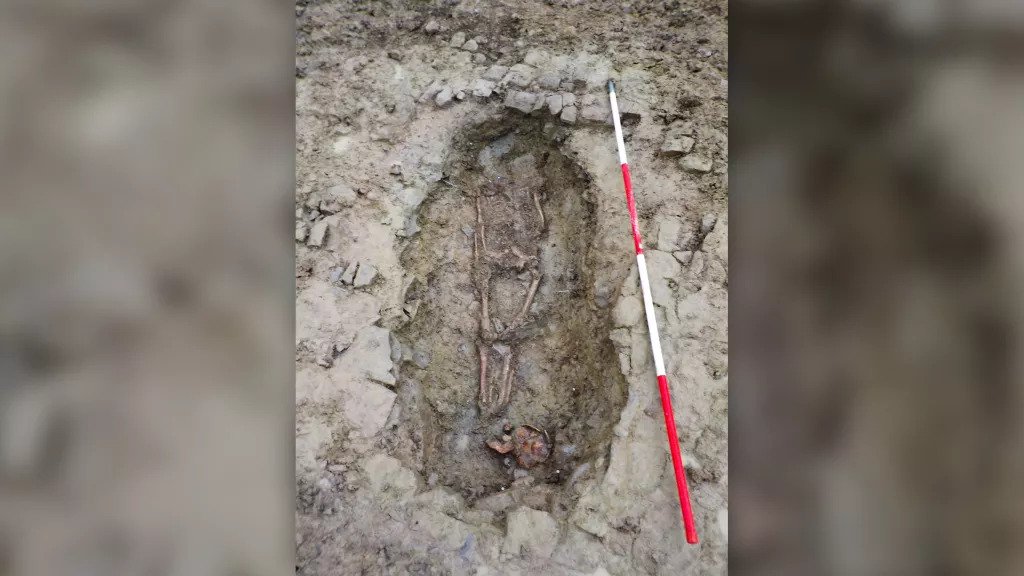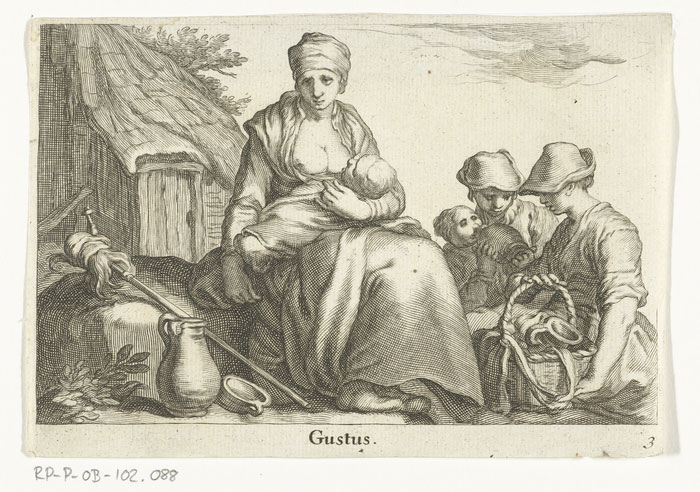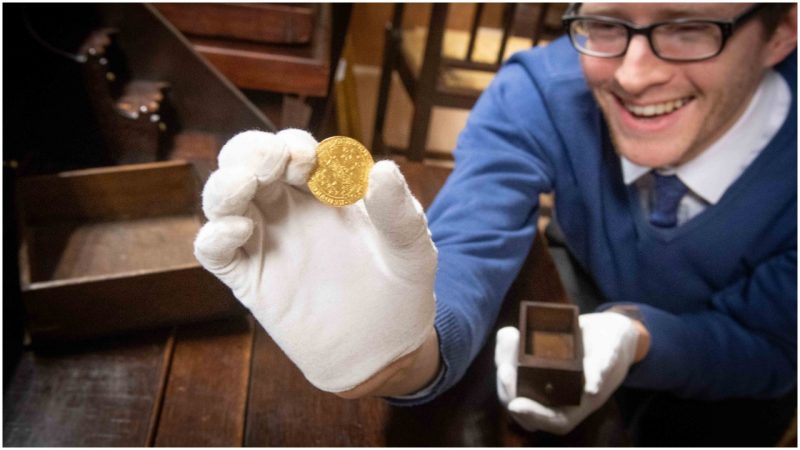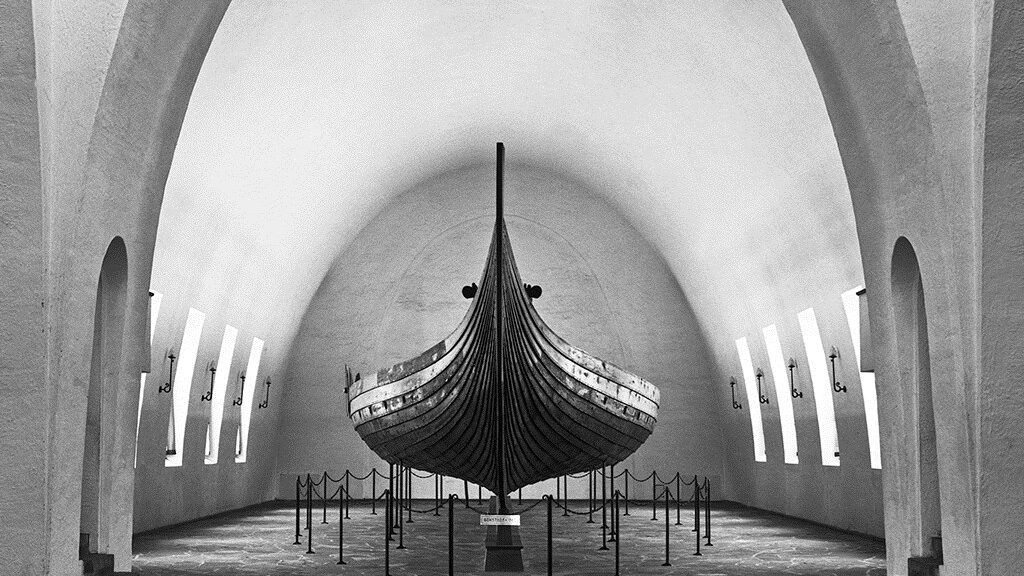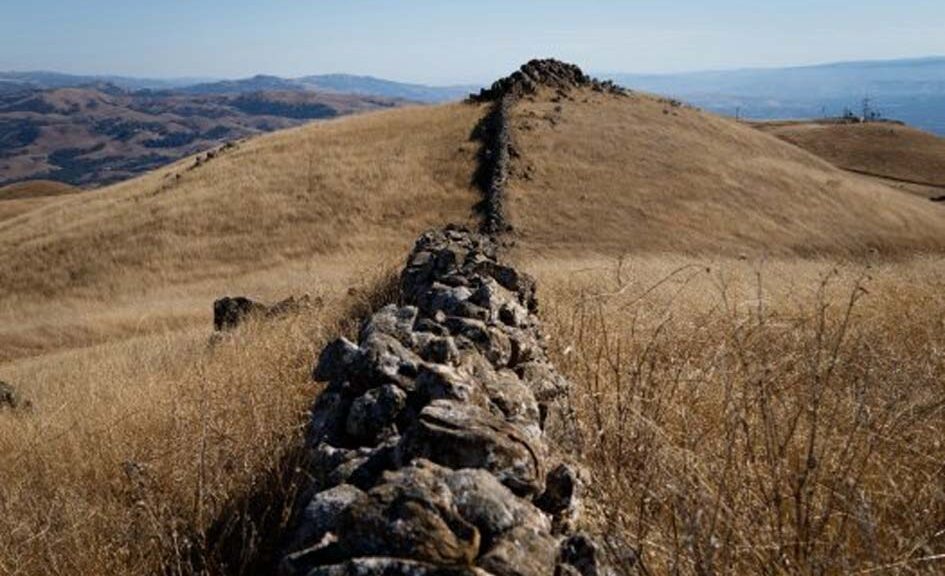Archaeologists were left baffled by a grim Roman discovery made in Wales: ‘Quite peculiar’

Archaeologists have discovered the remains of a possible Roman mercenary buried with his sword and the skeleton of another Roman-period man whose decapitated head lay at his feet in Wales, in the United Kingdom.
Investigations into these two distinct burials are ongoing, as is an examination of the other burials at the site, which has been used by humans since the Stone Age. One spot, for instance, has hundreds of burials from two different time periods; people who lived during the early medieval period (A.D. 410 to 1169) chose to bury their dead within a mound that had been used as a burial ground during the Bronze Age (2500 B.C. to 800 B.C.), the team found.
“[The early medieval people] went back to the prehistoric site to make this burial mound, even though it was a Christian period, and you would expect them to be buried around a chapel or a church,” excavation project director Mark Collard, an archaeologist and director of Rubicon Heritage, an Ireland-based archaeological firm, told Live Science.
Archaeologists first discovered the site in the 1960s, upon finding the remains of Iron Age roundhouses (800 B.C. to A.D. 43) and the Whitton Lodge Roman Villa built on a farmstead dating to the Roman period (A.D 43 to 410).
However, it wasn’t until recently that, during an archaeological survey ahead of a road construction project, archaeologists realized the site preserved far more history.

From 2017 through most of 2018, Rubicon Heritage excavated the site and since then has been working on a monograph or a detailed, peer-reviewed description of the site. In March, Rubicon Heritage released an eBook and an online interactive map of the site, known as 5 Mile Lane.
The earliest evidence at 5 Mile Lane is hunter-gather flint tools dating to the Mesolithic, or the Middle Stone Age (8000 B.C. to 4000 B.C.), Collard said. “It shows that Mesolithic people are going through the area” and hunting animals such as aurochs (Bos primigenius), an extinct cattle species, he said.
People living there during the Neolithic, or New Stone Age (4000 B.C. to 2500 B.C.), built some type of communally-used ritual structure, according to several large pits or postholes that archaeologists found. “It basically looks like a large post alignment running across the countryside,” Collard said.
The team also unearthed the remains of a person in a crouched position buried nearby, suggesting that the burial was tied to this ritual landscape, he said.

Archaeologists found the remains of several roundhouses and mound burials dating to the Bronze Age. But it wasn’t until the Iron Age that the landscape became more settled with small, timber-built and thatched round houses and cultivated farmland, Collard said. These farms were close together — less than 1 mile (1.6 kilometres) apart — and had domesticated animals and grain processing.
“It shows how dense the settlement was,” Collard said. These people were also producing iron tools, such as knives, he noted. Eventually, people switched from round houses to rectangular stone Roman buildings.
“We don’t know if it was the same owners or the same family, but we like to think that the continuity was there. And they just took on with new fashions and assimilated into the Roman Empire,” he said.
Collard and his colleagues plan to test whether there actually was continuity by examining preserved DNA found in the human burials, especially the roughly 450 burials found in the mound used by both the Bronze Age and early medieval peoples.
It’s likely that this gently sloped area at 5 Mile Lane was well-used because “it’s very rich farming land around there,” Collard said. “It’s good for growing crops but also for keeping animals” pastured and had “access to the sea, which is a couple of miles away,” he said. It was also “close to the highway” — a nearby Roman road that was heavily trafficked.


The mercenary and the decapitated man
The possible mercenary had a “quite peculiar” burial, Collard said. “It’s in the middle of a field near the Roman villa looking out over the valley and over the sea … It’s a great place to be buried.” The deceased was buried prone, or face down, with a long iron sword, a silver crossbow brooch and hobnail boots inside a coffin closed with iron nails. The sword and brooch are indicative of Roman military regalia dating to the late fourth to early fifth centuries A.D., the researchers found.
It’s not certain how the man — who stood up to 5 feet, 9 inches (1.75 meters) tall and was in his early 20s — died, but he may have suffered from a middle-ear infection that spread to his skull, the team found.
During the late Roman period, when this man was alive, Roman control broke down in what is now the United Kingdom, leading the empire to take on mercenaries to fight off invaders, Collard said. So, it’s possible that this man, whose brooch looks like those found in continental Europe, was a Roman mercenary or possibly even an invader who took over the Roman villa, Collard said. Genetic analysis of the man’s remains will hopefully shed light on his roots, Collard added.
The decapitated man was also in his 20s when he died during the Roman period. His skull had been removed and placed at the feet, and the remains of wood and iron nails indicate that he was buried in a coffin or a board that had a shroud over it, the team found.
About 2% to 3% of burials at Roman sites include decapitated people, likely from executions, according to a 2021 study in the journal Britannia. This practice may have been used to separate the soul from the body or to prevent the body from rising again, Collard said.
